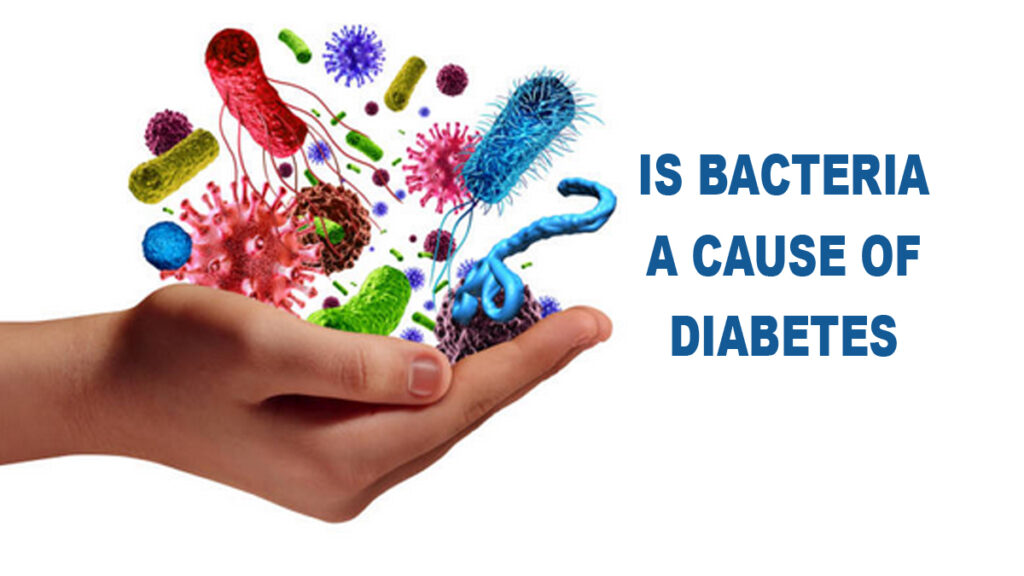Most of us have heard of bacterial pneumonia, bacterial meningitis, and even bacteria involved in ulcers and acne, but bacteria triggering Type 2 diabetes?
That’s what some of the latest research suggests. Back in 2007 researchers at the Institute of Molecular Medicine in Toulouse, France, fed mice a high-fat diet and discovered the amount of bacteria containing a toxin called a lipopolysaccharide increased in the animals guts.
When levels of the lipopolysaccharide increased in the mice, their blood sugar levels and insulin levels went up, which is what happens in Type 2 diabetes. The mouse livers produced more fat and the mice gained weight, as well as producing molecules involved in inflammation.
Check out these related articles, too:
Juice and The Effect It Has On Your Blood Sugar
SUPERFOODS FOR BLOOD SUGAR CONTROL
Almonds The Ultimate Diabetes Superfood
How to Lower High Blood Sugar With Diabetes Herbal Remedies
How To Know If You Have The Symptoms Of Low Blood Sugar
What level of blood sugar is dangerous?
What Does High Blood Sugar Feel Like?
The Effects of Insulin on the Body
From this the researchers concluded the toxin in the bacterial cells triggered:
- inflammation,
- weight gain, and the
- insulin resistance seen in Type 2 diabetes.
In March 2012, the journal Diabetes Care reported further work on bacterial toxins, this time in human beings…
Investigators at the University of Warwick in England fed a high-fat meal to 54 volunteers…
- 9 of the volunteers were of normal weight,
- 12 were obese,
- 5 were pre-diabetic, and
- 18 had been diagnosed with Type 2 diabetes.
Before the meal, the people with Type 2 diabetes had more than 60 per cent higher levels of bacterial toxin than the normal weight individuals.
- toxins rose in the obese, prediabetic, and diabetic participants 4 hours after the meal;
- blood levels of toxins were more than 125 per cent higher in the Type 2 diabetics than in the normal weight participants at that time.
From these results it was concluded eating foods high in fat increases the level of bacterial cell toxins in diabetics, which could worsen their condition.
The University of Maryland Medical Center in the United States recommends diabetics obtain 25 to 35 per cent of their calories from fats. To avoid heart and blood vessel disease:
- monosaturated fats such as olive, canola, and peanut oils as well as
- nuts and avocados, and
- foods high in omega-3 polyunsaturated oils, such as flaxseed oil and walnuts
are recommended.
Processed snack foods such as potato chips tend to be high in fats, so go for a healthful snack instead. Yes, they do exist.
Try making:
- kale chips by preheating an oven to 340 degrees Fahrenheit. Place same-sized kale leaves onto a cookie sheet lightly sprayed with olive oil. Bake for 7 minutes, then turn over and bake another 3 to 7 minutes, until they are just crispy, but not burned or too chewy.
- or try zucchini chips. Pre-heat your oven to 400 degrees Fahrenheit. Lightly spray your cookie sheet with olive oil. Place thin zucchini strips on to the sheet and sprinkle with garlic powder. Bake for 25 minutes, reduce the temperature to 300 degrees, and continue baking another 10 to 15 minutes or until brown and crispy.
How do you start to create a healthy lifestyle today so you can lose weight and reduce insulin resistance?
For nearly 25 years Beverleigh Piepers has searched for and found a number of secrets to help you build a healthy body.
The answer isn’t in the endless volumes of available information but in yourself.
Article Source: http://EzineArticles.com/7020422
